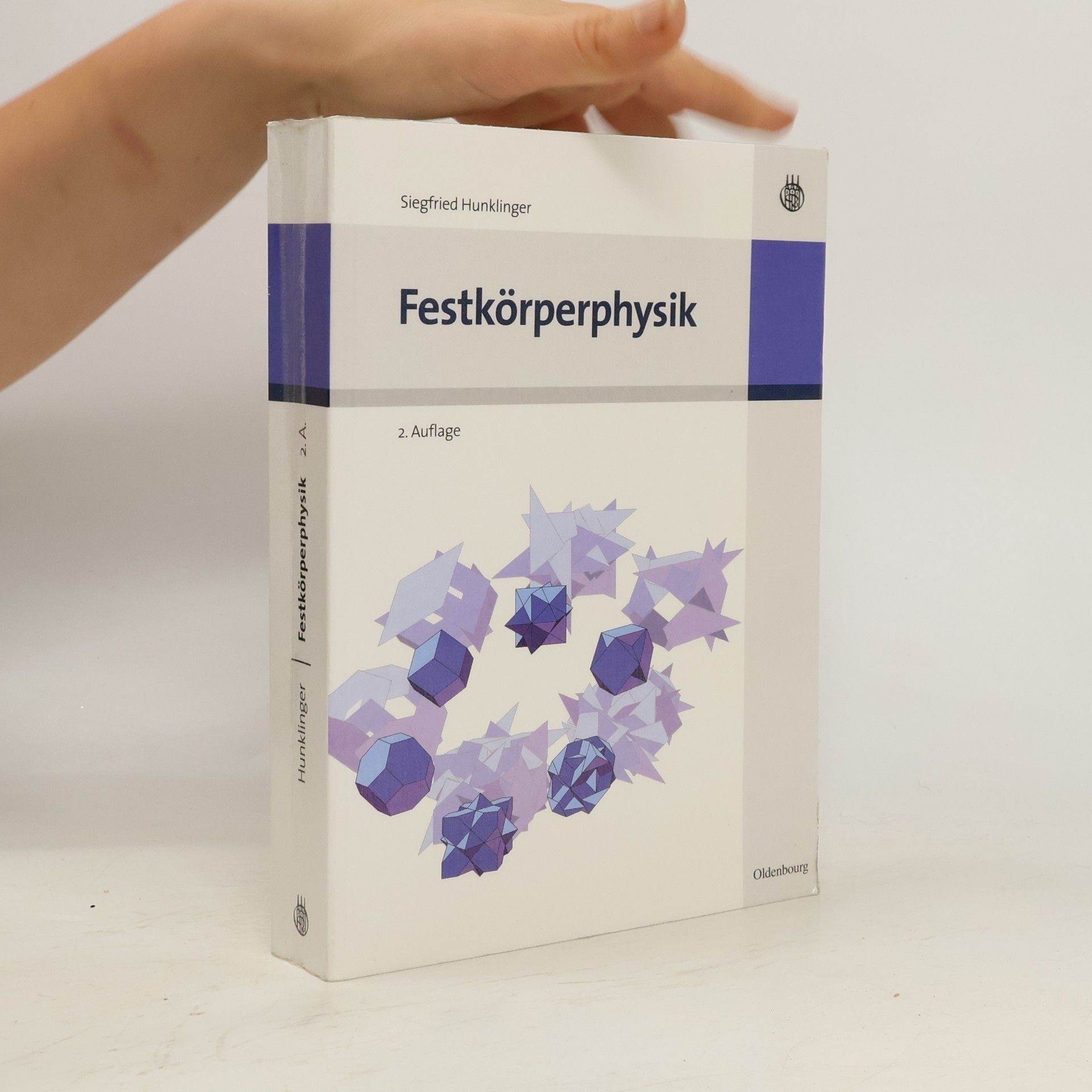Festkörperphysik
- 595pages
- 21 heures de lecture
In dem ausgefeilten und klar strukturierten Lehrbuch werden alle wichtigen Teilgebiete der Festkörperphysik behandelt und anschaulich die grundlegenden Gesetzmäßigkeiten und die für die Festkörperphysik typische Betrachtungsweise eingeführt. Konsequente Berücksichtigung finden zudem die ungeordneten Festkörper, die in unserer Umwelt eine wichtige Rolle spielen und in der Wissenschaft zunehmend an Bedeutung gewinnen. Zur Illustration von experimentellen Ergebnissen werden nicht nur schematische Darstellungen präsentiert, sondern in erster Linie Originaldaten herangezogen. Hierdurch sollen nicht zuletzt auch die Schwierigkeiten verdeutlicht werden, denen ein Experimentalphysiker in der Praxis gegenübersteht. An die Kapitel schließen sich Übungsaufgaben an, die die unmittelbare Überprüfung des Gelernten ermöglichen. Neu in der 3. Auflage: - Graphen und Nanoröhren - Riesenmagnetowiderstand - Oberflächenplasmonen
